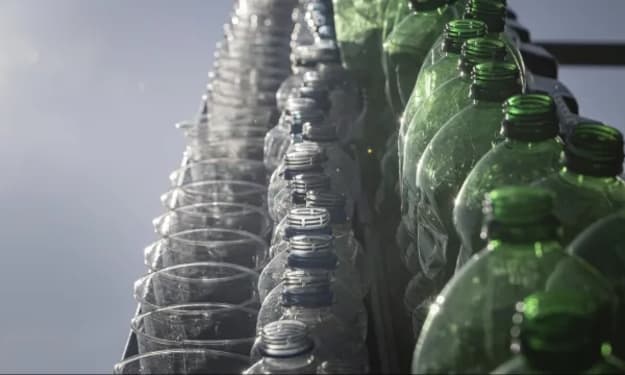7 Easy Step to Save Lettuce Seed for the Next Season
Lear how to save lettuce seed for your garden!

Lettuce is one of the easiest vegetables to grow, but it’s also one of the easiest to save seeds from. Saving lettuce seeds allows you to preserve the flavor and characteristics of your favorite varieties for future seasons, as well as to share seeds with others. Here are seven simple steps to help you save lettuce seeds and ensure a healthy harvest for years to come.
Lettuce is a popular leafy green vegetable that is not only easy to grow but also easy to save seeds from. By saving lettuce seeds, you can ensure that you have a steady supply of your favorite varieties for future seasons, and even share them with other gardeners. Compared to other vegetables, lettuce plants don't require much space, and they can be grown in pots, containers, or in the ground. They also don't require much care, making them perfect for beginner gardeners.
To save lettuce seeds, you'll need to let the plants flower and produce seed heads. The flowers will eventually turn into seed pods that will dry out and turn brown. Once the seed pods are completely dry, you can collect them and remove the seeds by hand or by using a sieve. It's important to store the seeds in a cool, dry place, such as a sealed container in the refrigerator, to maintain their viability.
By following these seven simple steps, you can easily save lettuce seeds and enjoy a bountiful harvest for years to come. Not only is saving lettuce seeds a cost-effective way to grow your own produce, but it also allows you to maintain the unique flavor and characteristics of your favorite lettuce varieties. So, whether you're a seasoned gardener or just starting out, give lettuce seed saving a try and watch your garden flourish.

Allow Lettuce to Bolt and Flower
To save lettuce seeds, it’s important to let the plant grow until it bolts, or sends up a tall flowering stalk. The flowers will eventually turn into seeds. Once the plant has bolted, allow it to continue growing until the flowers start to dry out and turn brown.
Collect the Seeds
Once the flowers have dried out and turned brown, it’s time to collect the seeds. Cut the stalk off at the base and place it in a paper bag or envelope. Gently crush the dried flowers with your fingers to release the seeds. Discard any debris and store the seeds in a cool, dry place.
Dry the Seeds
Before storing the seeds, it’s important to ensure that they are completely dry. Spread the seeds out on a tray or paper towel and allow them to dry for several days. Once the seeds are completely dry, store them in an airtight container.
Label the Seeds
It’s important to label the seeds with the variety, date, and any other relevant information. This will help you keep track of which seeds are which and when they were collected. It’s also helpful to include any notes on the growing conditions or characteristics of the plant.

Store the Seeds Properly
To ensure that the seeds remain viable for future seasons, it’s important to store them properly. Keep the seeds in an airtight container in a cool, dry place. A dark pantry or refrigerator are good options. Avoid storing the seeds in a hot or humid environment, as this can cause them to lose viability.
Test the Seeds for Viability
Before planting the seeds, it’s a good idea to test them for viability. To do this, place a few seeds on a damp paper towel and seal the towel in a plastic bag. Keep the bag in a warm, dark place for a few days, checking regularly for signs of germination. If the seeds do not germinate within a reasonable timeframe, they may not be viable and should be discarded.
Share Your Seeds
Once you’ve saved and tested your seeds, it’s time to share them with others. You can share your seeds with friends, family, or other gardeners in your community. You can also donate your seeds to seed libraries or seed exchanges. Sharing seeds is a great way to promote biodiversity and ensure that rare or heirloom varieties are preserved for future generations.
In conclusion, saving lettuce seeds is a simple and rewarding process that allows you to preserve the flavor and characteristics of your favorite varieties for future seasons. By following these seven simple steps, you can ensure a healthy harvest of lettuce for years to come. Happy gardening!
About the Creator
Workathome Couple
FrankyB is a blogger from South Italy who has become a trusted source of information for people looking to improve their lives. His blog covers a diverse range of topics, including making money online, gardening, finance, cryptocurrency.






Comments
There are no comments for this story
Be the first to respond and start the conversation.